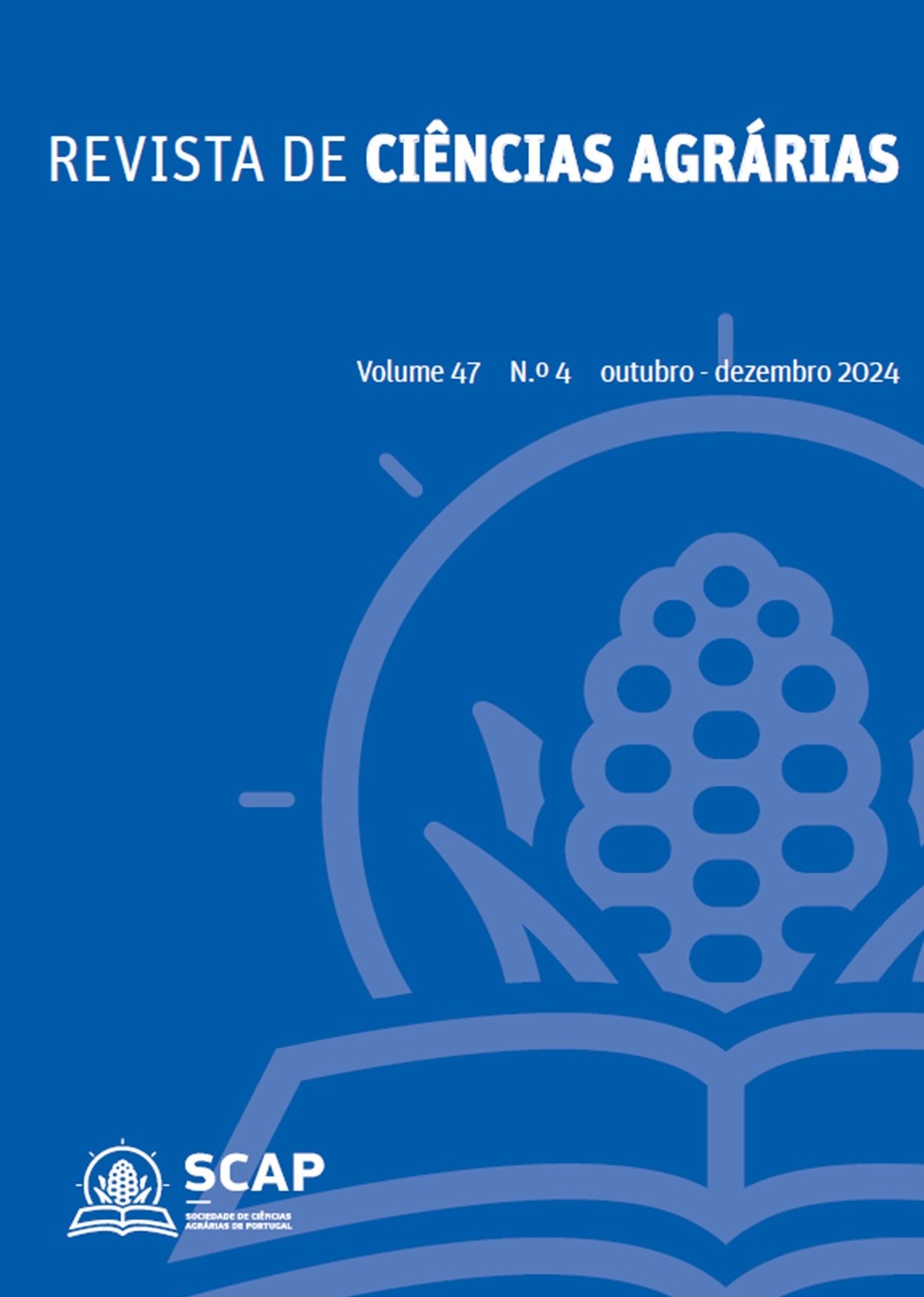Evaluation of the impact of lithium on Eisenia fetida: concentration and soil type effect
DOI:
https://doi.org/10.19084/rca.38549Abstract
The increasing exploitation of lithium (Li) in soil has intensified pollution, compromising the quality of this natural resource. This study evaluated the effect of Li on soil by examining the avoidance behaviour of Eisenia fetida at different Li concentrations (0, 100, 200, 400, and 800 mg kg-1) in artificial (AS) and natural (NS) soils. A total of 15 test containers, corresponding to 5 treatments with 3 replicates each, were prepared for each soil type, where 10 adult earthworms were introduced and exposed for 48 hours. At the end, the avoidance percentage (%A), for each concentration, and the avoidance dose (AD50), for each soil type, were determined. An avoidance behaviour was observed in the treatments with Li for both soils, with %A increasing with Li concentration, ranging from 27% to 93%, in AS, and from 13% to 69%, in NS. The pH and EC values explained the observed %A, with r² values of 0,981 and 0,634, for AS, and 0,944 and 0,736, for NS. The AD50 values for AS (172 mg kg-1) were lower than those for NS (404 mg kg-1), with the differences attributed to the respective soil characteristics. The results highlight the adverse effects of Li on soil organisms, with effects depending on both Li concentration and soil type.


